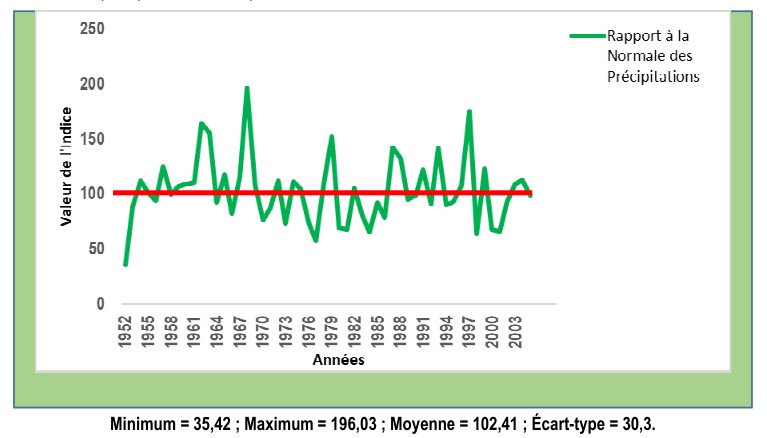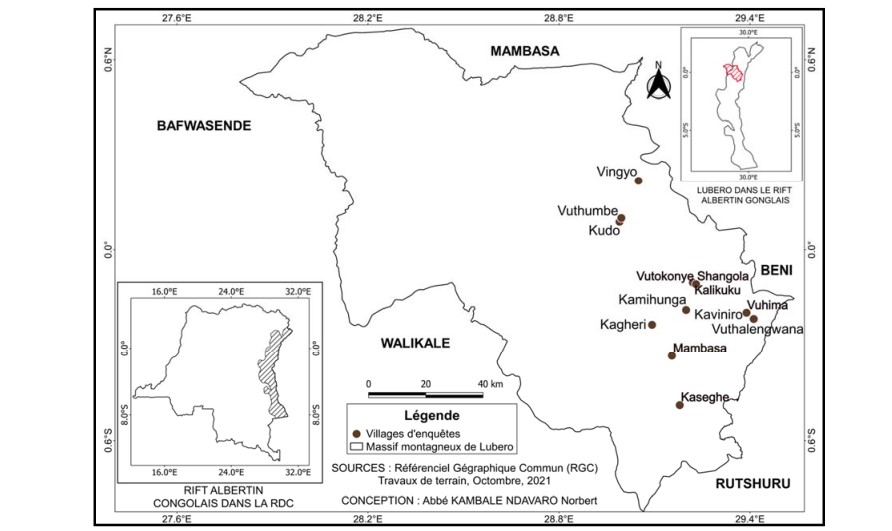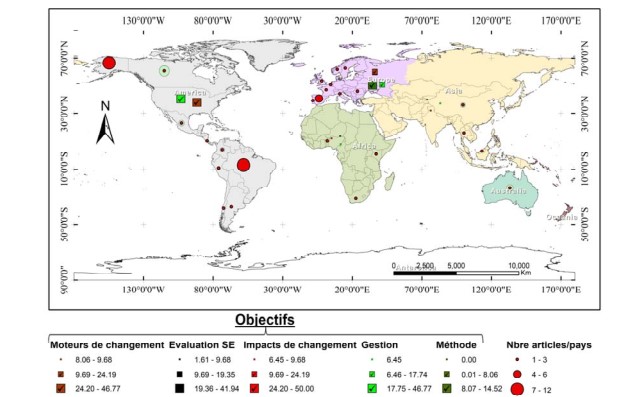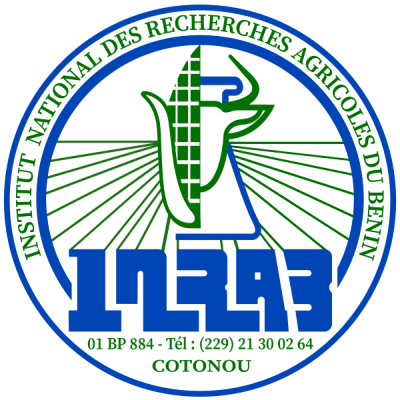Anthropogenic effects on the physicochemical quality and the population of copepods in the waters of the Tinguilinta river estuary in Boké-Guinea

The objective of the study was to determine the anthropic effects on the variations of the physico-chemical parameters and population of copepods of the estuary of the river of Tinguilinta. Survey and sampling missions were carried out during dry and rainy periods in 15 stations. The physico-chemical parameters of the waters were analysed in the laboratory. Copepods were sampled using a fine mesh plankton net. The evolution of the specific diversity of copepods was estimated by the Shannon-Weaver index (H'). Principal component analysis and ascending hierarchical classification were used to classify the groups (Gi) of stations. Of 30 species inventoried including four orders and 16 families the most frequent species were Paracalanus scotti, Paracalanus aculeatus, Paracalanus parvus, Oithona nana, Acartia clausi, Temora stylifera, Euterpina acutifrons and Centropage chierchiae. The evolution of the specific diversity of copepods varied from one station to another. Stations S4, S7, S12 and S13 recorded the lowest values characterized by organic pollution and the highest values at stations S1, S2, S3, S8 and S9 presenting favourable environmental conditions. Principal component analysis and ascending hierarchical classification revealed three groups (Gi) of stations [G1 (represented by stations S4, S7, S9, S10, S11 and S12, characterized by PO43, NO3-, NO2-, suspended matter, Turbidity and total dissolved solids, indicators of organic and agricultural pollution, then the richness of nutrients favourable to copepods development) ; G2 (represented by stations S5, S6, S8, S13, S14 and S15 characterized by pH, specific richness and Shannon index, indicators of the influence of the acidity or alkalinity of the environment caused by the discharge of wastewater or sewers) ; G3 (represented by stations S1, S2 and S3, characterized by dissolved oxygen, temperature, salinity and electrical conductivity, indicators of favourable conditions for aquatic organisms)] which differed from each other by their states of imbalance. So the spatial and temporal distribution of copepod species seem to be dependent on physico-chemical parameters (temperature, salinity, dissolved oxygen and nutrient salts) and on their predation capacity.











